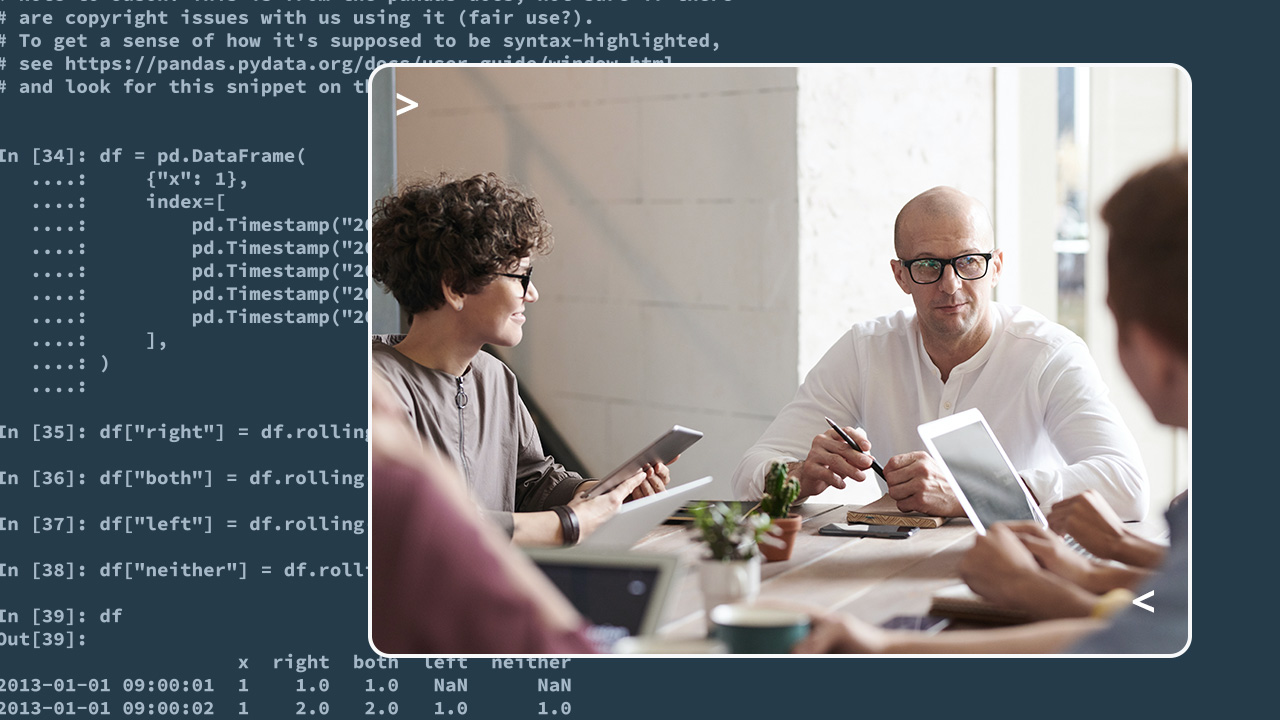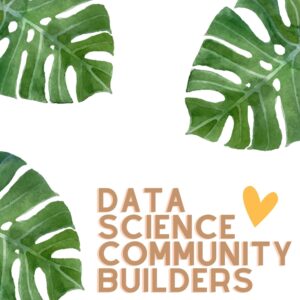Driving impact with data science communities

Data science communities are incredibly important in growing a company’s analytics maturity.
They help your teams discover new capabilities, connect with others, and solve problems faster.
Gartner analysts report that organizations are struggling to foster the Data & Analytics communities needed to grow the adoption of otherwise promising analytics initiatives.
If your company is in this group, we want to help share some of the goodness we see from the many Posit customers building and growing vibrant data science communities today.
An industry where we see this happening frequently is the pharmaceutical space, not only in individual organizations but in cross-industry collaboration as well. I’ve shared a few of my own lessons learned and perspectives from other community builders to help you in bringing people together.
To drive impact with a data science community in your own organization, consider the following:
- Offer multiple options to engage
- Create a welcoming environment
- Be proactive in reaching out to colleagues
Offer multiple options to engage
Community is a lot of little – and big things together. Many organizations are taking a multi-pronged approach to community building. It’s not just having a Slack channel or Teams channel. It’s also through different events and how you engage people across the company.
In a recent R/Pharma workshop, I hosted a Community Building Workshop, highlighting three companies upfront (AstraZeneca, Pfizer, and Johnson & Johnson) and the different initiatives that they lead.
Community in these organizations includes many things like:
- Monthly initiatives (ex: promoting a package or function as a blog post)
- A safe and supportive forum for individuals to practice their wrangling and data visualization (ex: TidyTuesday with a company dataset)
- Newsletters (ex: showcasing a data scientist each month from the organization and asking them ten questions, helpful packages for your industry, etc.)
- Monthly meetings (ex: 30-minute use case presentations each month)
- Annual conference (for ex: Shiny Day with live workshop & half day of groups presenting their apps/use-cases)
- Central repository with all material (ex: learning pathways, internal videos, etc.)
The team at AstraZeneca dove into a few of the community initiatives they lead in a blog post, “R @ AZ: Building Community in the Pharmaceutical Industry,” and how this helped their community see a 5-fold increase in just a year.
Guillaume Desachy shares in his meetup presentation. “When we started it….a few of us got together and brainstormed and said, what could we do to get a community of R users at AstraZeneca, and we jotted down some ideas.”
Over the years, as the community has grown, they have explored different initiatives to meet the needs of members. At the same time, they’ve recognized that every initiative takes time, so it’s also important to reassess when it is time to drop something to give space for something else.
One community initiative that Pfizer is now leading is their own internal Data Science Hangout.
Natalia Andriychuk, Statistical Data Scientist within Pfizer’s R Center of Excellence is joining Posit’s Data Science Hangout on May 11th to share tips on how they’ve started their own internal sessions. This will be a great opportunity to ask questions about building a supportive community, discovering and learning new packages/tools, and contributing to open-source initiatives.

You can add Natalia’s session to your calendar here.
Create a welcoming environment
Creating a welcoming, open environment that people want to participate in is crucial to building a thriving community. It’s important to explicitly tell people what to expect and who the events are for. If you’re hoping beginners will join, let them know that!
A few other tips:
- Let people know ahead of an event that they’re free to listen in and don’t necessarily have to participate.
- Make it clear how to ask questions and give people an option to ask anonymously.
- Let people know in your marketing of the event that it’s an inclusive space, open to all regardless of their experience or background.
- Beware of terms/lingo that new attendees may not know. Share definitions in the chat when acronyms come up.
- Remember at the beginning of an event that it may be someone’s first time there.
Recognize that a welcoming environment may look a lot different to you as the organizer than it does to a new attendee. It can be helpful to reach out to a few people that have joined your events and ask if they may be open to giving you feedback.
Connecting with a handful of members after an event lets you learn so much about their experience. For example, if you ask how they found out about the group, you may discover that it took a few months for them to join after first hearing about it. With this information, you can explore ways to make it more welcoming for others.
Eric Nantz, Director at Eli Lilly, shares his thoughts on this at a Data Science Hangout
“The idea of bringing people together and sharing knowledge is something I’ve been excited about for a long time. It’s not always easy,” shares Eric Nantz, Director at Eli Lilly.
At Eli Lilly, they’ve made a concerted effort in the last few years to create a welcoming group to share ideas, ask for advice, and help people overcome stumbling blocks.
Eric shared the importance of helping people get past the idea that what we’re doing isn’t innovative enough to share because we just see it as part of our daily jobs. He emphasized the importance of celebrating work and not feeling like something has to be super polished before sharing it with the community.
He adds, “Even if you just found a great package that simplified your workflow, we want to know about it. It doesn’t have to be anything fancy.”
In engaging your own communities, find diverse topics and feature different talk formats to include diverse voices and perspectives. Let people know that any contribution, no matter how big or small, is valuable! Adding quick lightning talks is one way to introduce different topics and speakers.
Be proactive
You will likely have to reach outside of your initial network and team to build a vibrant community. Here are a few ways to engage with other potential community members:
- Connect with other users from your company on LinkedIn (ex: those in the “Python Developers Community” or “The R Project for Statistical Computing” groups).
- Explore your company directory for colleagues that may be interested in joining.
- Follow up with people to tell them when you think their work is great! For example, if you saw a blog post from someone at your company – let them know! You can also ask if they might be interested in sharing it at some point with the community.
- Celebrate awesome work that people are doing across the team.
- Share community initiatives through various company channels and follow up with helpful items discussed at an event to spark interest.
Regis James, Senior Manager at Regeneron Pharmaceuticals shares his thoughts on this in a Data Science Hangout
Regis shared that in order to achieve scalability, he standardizes things a bit. He has his own ingestion pipeline to identify new members of the community and those that can help share knowledge with others.
He recommends using your company directory, where you can learn about who exists at the company and see people’s job titles.
In explaining his process, “I look into the directory for data or data science and see if the people that come out in the results are already in my Microsoft Teams group because they could be potential new people who could benefit from being in the community.”
Connecting with a community might help those individuals do their job better or help someone else! This is also very useful in helping onboard people who have just joined the company or maybe moved into a data science type role.
An example message that Regis uses is:
“Hey, I just want you to know this group exists. This community was built just for people like you. This is what we do, and here’s a link to the wiki that has the links of all the recordings.”
If they respond as interested, he’ll add them to the Teams group and the Active Directory group, forward the invitation to the ongoing gatherings every other Friday, and invite them to introduce themselves.
There’s much more to share on community building! Learn more here.
- How-to guide for starting & engaging a data science community
- Community Builder coffee hour next Tuesday, May 9th if you’d like to join us too!
- R/Pharma resources for hosting an internal conference or developing a center of excellence
- Blog post on everything I learned about community building growing up in a bar
- Internal community website template (with source code)

